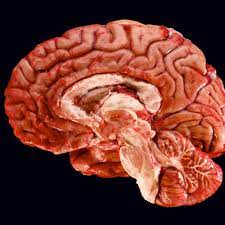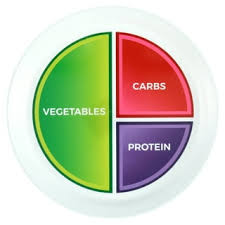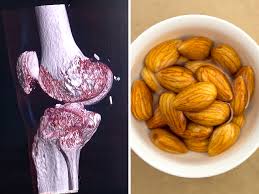
Discover Non-Dairy Calcium Rich Foods: Greens, Nuts, Seeds & More
Unlock the secret to optimal bone health with a diverse range of calcium rich foods. In this guide, we delve into the world of non-dairy alternatives, highlighting the importance of leafy green vegetables, fortified plant-based milks, tofu, tempeh, and a variety of nuts and seeds. Whether you’re following a vegan or lactose-free diet, these calcium rich foods are essential for maintaining strong bones and overall well-being. Join us on a journey to discover delicious and nutritious options that cater to your unique dietary preferences.
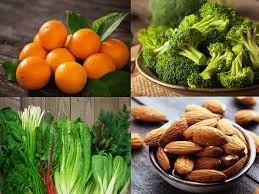
Calcium is an essential mineral that plays a crucial role in maintaining strong bones and teeth, as well as supporting proper muscle and nerve function. While dairy products are often considered the primary source of calcium, individuals who follow a vegan or lactose-free diet may need to explore alternative options. Fortunately, there are several non-dairy foods that are calcium rich and can help meet the recommended daily intake. We will explore some of these calcium rich foods and discuss their nutritional benefits.
Leafy Green Vegetables
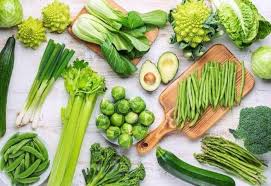
Leafy green vegetables are not only packed with vitamins and minerals but also offer a significant amount of calcium. Vegetables such as kale, spinach, collard greens, and broccoli are excellent sources of this essential mineral. For instance, one cup of cooked kale contains approximately 94 milligrams of calcium, which is about 9% of the recommended daily intake for adults. Incorporating these greens into your diet can be as simple as adding them to salads, stir-fries, or smoothies.
Furthermore, leafy greens are also rich in other nutrients like vitamin K, which aids in calcium absorption, and magnesium, which contributes to bone health. However, it’s worth noting that some leafy greens, such as spinach, contain oxalates that can hinder calcium absorption. To maximize the benefits, it is advisable to consume a variety of leafy greens and pair them with other calcium rich foods.
Broccoli: This green vegetable contains a decent amount of calcium, as well as other beneficial nutrients.
Kale: Kale is a nutrient-dense leafy green that provides a good source of calcium.
Collard greens: Another leafy green that is high in calcium content.
Fortified Plant-Based Milk Alternatives

For those who avoid dairy products, fortified plant-based milk alternatives can be an excellent source of calcium. Many brands fortify their products with calcium to ensure they provide similar nutritional benefits as cow’s milk. Soy milk, almond milk, rice milk, and oat milk are some popular options available in the market.
When choosing a plant-based milk alternative, it is important to check the label for the calcium content. Some brands may fortify their products with additional minerals, such as vitamin D, which aids in calcium absorption. A cup of fortified soy milk can contain around 300 milligrams of calcium, which is equivalent to the amount found in cow’s milk. These milk alternatives can be used in cooking, baking, or enjoyed on their own.
Tofu and Tempeh
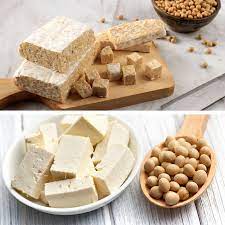
Made from soy milk, tofu is a versatile plant-based source of calcium. Like tofu, tempeh is derived from soybeans and is a good source of calcium. Tofu and tempeh are soy-based products that are not only versatile but also calcium rich foods. Tofu, made from curdled soy milk, is available in various textures and can be incorporated into a wide range of dishes. A half-cup of tofu can provide approximately 250 milligrams of calcium. Similarly, tempeh, which is made from fermented soybeans, offers about 100 milligrams of calcium per half-cup serving.
In addition to being high in calcium, tofu and tempeh are also excellent sources of protein and other essential nutrients. They can be grilled, stir-fried, or used as a meat substitute in various recipes. Including these soy-based products in your diet can help ensure an adequate intake of both calcium and protein.
Nuts and Seeds
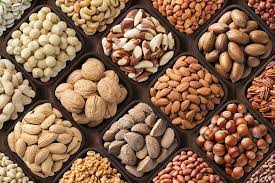
Nuts and seeds are not only delicious but also offer a range of health benefits, including being calcium rich foods. Almonds, for example, contain about 75 milligrams of calcium per ounce, making them an ideal snack for those seeking non-dairy calcium rich food sources. Other nuts like Brazil nuts, hazelnuts, and walnuts also provide smaller amounts of calcium.
In addition to nuts, seeds such as chia seeds, sesame seeds, and poppy seeds are calcium rich foods. Two tablespoons of chia seeds contain approximately 177 milligrams of calcium, while one tablespoon of sesame seeds provides around 88 milligrams. These can be sprinkled on salads, added to smoothies, or used as toppings for various dishes to increase your calcium intake.
Almonds: A handful of almonds provides a good amount of calcium, along with healthy fats.
Chia seeds: These tiny seeds are rich in calcium, fiber, and omega-3 fatty acids.
Sesame seeds: Tahini (sesame seed paste) is an excellent way to incorporate calcium into your diet.
Sardines: These tiny, oily fish are not only a great source of omega-3 fatty acids but also packed with calcium due to their edible bones.
Salmon: Another fatty fish that contains calcium along with other essential nutrients.
Oranges: While not as calcium rich as some other options, oranges can still contribute to your calcium intake.
Figs: Dried figs, in particular, are relatively high in calcium compared to other fruits. Figs are sweet, pear-shaped fruits that belong to the mulberry family. They are unique in that they are an inverted flower, and the seeds are found on the inside. Figs can be consumed fresh or dried and have a sweet, chewy texture.
Blackstrap molasses: This sweetener is a concentrated calcium rich product. It is a dark, viscous liquid that remains after sugar has been extracted from sugar cane during the refining process. It is the final byproduct of the sugarcane juice extraction and refining process. Unlike regular molasses, which is the first or second extraction and is sweet, blackstrap molasses is derived from the third extraction and has a much stronger, bitter flavor.
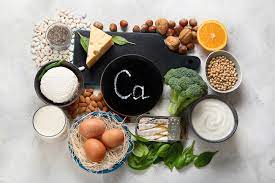
While dairy products are often the go-to source for calcium, individuals following a vegan or lactose-free diet can still meet their calcium needs through non-dairy alternatives. Leafy green vegetables, fortified plant-based milk alternatives, tofu and tempeh, as well as nuts and seeds, offer excellent sources of calcium. By incorporating these calcium rich foods into their diet, individuals can ensure they maintain strong bones and teeth while supporting overall health and well-being. It’s essential to balance your calcium intake with other nutrients like vitamin D, magnesium, and vitamin K, as they all play a role in maintaining healthy bones and overall health. Remember if you have specific dietary concerns or conditions, it’s best to consult with a healthcare professional or registered dietitian to determine the best approach for meeting your specific nutritional needs to create a personalized plan.
Disclaimer: The information provided in this content is for general informational purposes only. It is not intended as medical or healthcare advice, diagnosis, or treatment. Always seek the advice of a qualified healthcare professional with any questions you may have regarding a medical condition or healthcare decisions.



